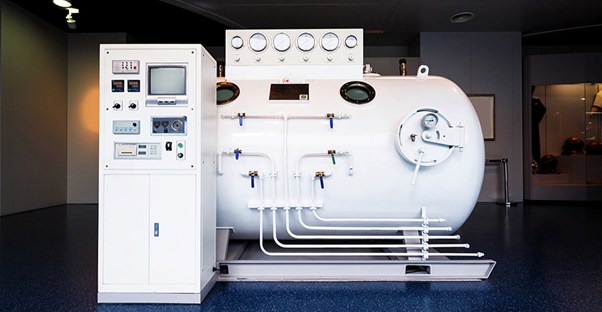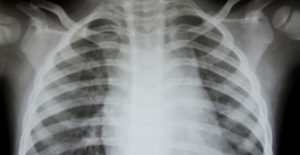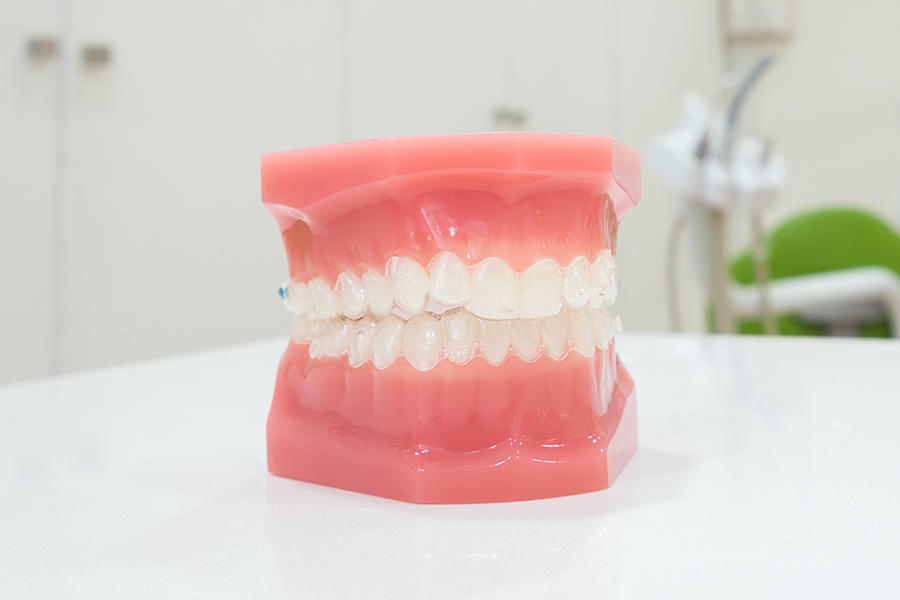Hyperbaric Oxygen Therapy Benefits

Although the cells in the body always need oxygen to survive and thrive, unhealthy cells need more oxygen to get back to a healthy state.
Hyperbaric oxygen therapy involves the use of a room or tube with three times the normal amount of air pressure, which gives you four times the normal amount of oxygen. Essentially, you breath in 100% pure oxygen, and it goes straight to every cell, liquid, and blood vessel in your body to promote healing. Here’s a look at how hyperbaric oxygen therapy works and what the benefits are.
What is hyperbaric oxygen therapy used for?
Hyperbaric oxygen therapy is most commonly known for its treatment of scuba divers suffering from decompression sickness (also known as “the bends”) or air embolisms,but it appears to be an excellent healing strategy for a variety of other issues, too.
According to the Mayo Clinic, ailments that have the scientific evidence to back up a hyperbaric oxygen chamber’s usefulness are: burns, abscesses in the brain, severe anemia, crushing injuries, carbon monoxide poisoning, and serious infections or wounds that won’t heal. Sudden deafness or vision loss may also be benefited by hyperbaric oxygen therapy.
Hyperbaric oxygen therapy can also help heal the damage caused by radiation—including raditation incurred because of cancer treatments. In some instances, patients walk away from cancer treatment with chronic damage to the soft tissue, as well as the bones. Using a hyperbaric chamber can help revitalize the damaged blood vessels leading to the tissues.
How does it work?
When you’re breathing in 100% oxygen, every blood vessel is flooded with it. In order for wounds to heal, the area needs more oxygen. So, when you have extra oxygen in the blood, the wounded areas can be inundated with much more than normal. Tissues heal better and faster, not to mention, additional blood vessels may even form (or reform) in the area. What’s more, certain anaerobes, toxins, and bacterial infections can be destroyed by the increased presence of oxygen.








